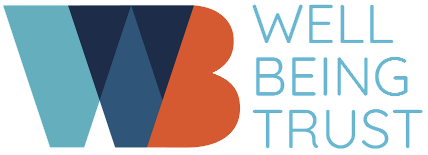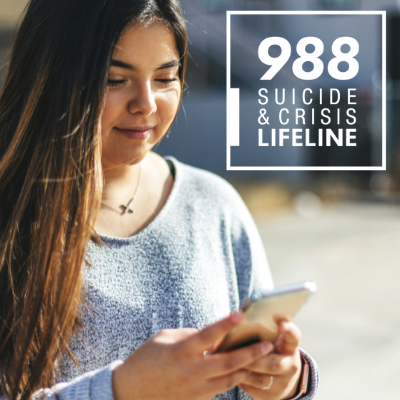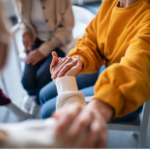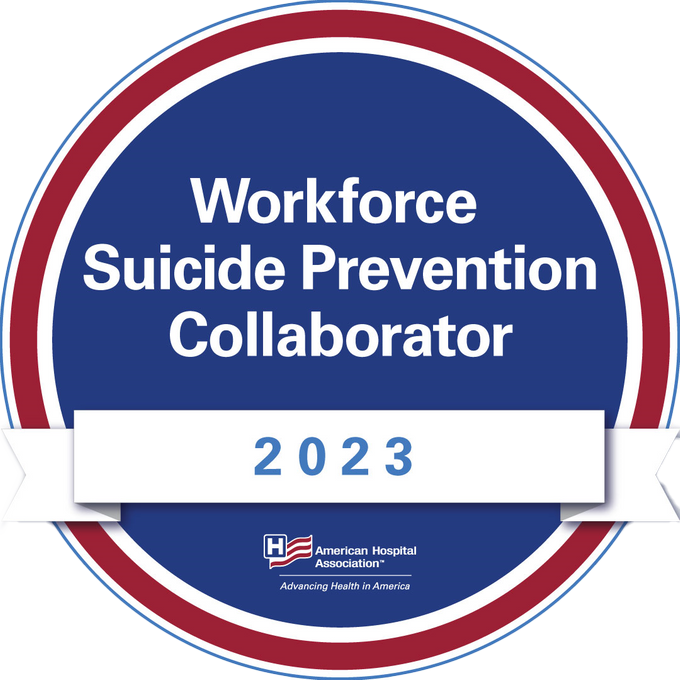Last month, after years of preparation and advocacy, the 988 Suicide & Crisis Lifeline launched nationwide. Now anyone experiencing or witnessing a mental health crisis can dial the new three-digit number and be connected with a trained mental health professional.
Though the hotline was approved via federal legislation in 2020, various state and local leaders spent the subsequent two years struggling over how to sufficiently fund, staff and publicize it. As a result, there was a lot of uncertainty over its rollout right up to its launch date, with a large number of Americans not understanding its purpose or even knowing of its existence.
Now that the number has been live for a month, it is a good time to review some specifics about 988 and how it can act as an important step towards strengthening our systems of mental health crisis care.
How should this number be used? Who can call?
Since 988 has grown from the existing National Suicide Prevention Hotline, there may be some misconceptions that 988 is only intended to help people who are dealing with thoughts of suicide or self-harm. While anyone contemplating suicide is certainly urged to contact 988, counselors are available to talk about a full range of mental health conditions, including feelings of depression, loneliness as well as topics like confusion about gender identity, struggles with domestic violence, or substance use.
Callers can also contact 988 on behalf of someone else who is having a crisis, such as a friend or family member. And veterans who call in crisis can be connected to qualified responders from the Department of Veterans Affairs. There are also options available for Spanish speakers and those who are deaf or hard of hearing.
What can I expect if I have to call 988
According to the 988 website, callers should first hear a confirmation message saying they have reached the 988 Suicide and Crisis Lifeline. Then, some brief hold music may play as the call is transferred to the next available counselor at the nearest crisis center. The counselor will then talk with the caller to better understand their situation, offer emotional support, and discuss the most appropriate potential solutions.
It’s worth noting, too, that users can instead choose to interact with 988 counselors via text message or online chat.
Will 988 counselors automatically send police to my location if I call?
One of the long-term goals of the 988 crisis lifeline is to move away from law enforcement involvement as a default response to mental health crisis calls. When in the throes of a mental health crisis, a person’s behavior may initially come across as irrational, erratic, or unpredictable. Police officers who aren’t specifically trained to recognize mental health triggers and signs of distress can easily misinterpret this behavior as threatening and cause a situation to escalate when it’s otherwise not warranted.
According to Lifeline data, less than two percent of crisis calls necessitate the dispatching of police or emergency services. The vast majority of calls can be handled solely with voluntary collaboration between the counselor and the caller. With that being said, there may be instances where, despite all attempts at engagement, the counselor senses that the caller is at imminent risk of harming themselves. In these situations, the counselor may use their discretion to send police in response.
Can I be involuntarily hospitalized if I contact 988?
There may be instances where 988 counselors are compelled to immediately dispatch emergency service to a caller’s location (for example, if an individual is at imminent risk and it is determined that a suicide attempt is in progress). This could result in temporary hospitalization in the interest of stabilizing the patient.
This potential has caused some recent social media backlash, prompting some users to caution against using 988. The goal on each call, however, is to resolve the caller’s situation in the least intrusive, least restrictive manner possible while ensuring those struggling are in a safe environment with access to appropriate care.
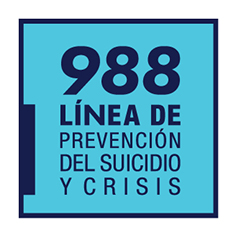
Are 988 counselors trained to be culturally competent?
Crisis can affect people of varying cultures differently, and sometimes disproportionately. According to The Substance Abuse and Mental Health Services Administration, “there are ongoing efforts to improve cultural competency training” for 988 Lifeline crisis counselors. While our nation still has a long way to go to make culturally competent care a standard practice, 988 does have options available to better serve Spanish speakers, Veterans, and those who are deaf or hard of hearing.
Additionally, call centers can direct individuals to resources that may be able to provide additional support, such as the Black Emotional and Mental Health Collective (BEAM), the Trans Lifeline, the Stronghearts Native Helpline, and the National Maternal Mental Health Hotline.
What role does 988 play in broader mental health reform in the U.S.?
On a symbolic level, 988’s national rollout is a positive step towards elevating the conversation around mental health and destigmatizing people with mental health conditions. A person having a heart attack would likely feel no shame or hesitation in calling 911 for help. In the same way, a person experiencing a panic attack should be confident in calling 988 to discuss their mental health struggles.
Practically speaking, as 988 continues to grow and function beyond its initial launch, its national reach and accessibility has the potential to provide mental health care to people and communities that have historically struggled to receive it. This is especially important as we continue to see mental health diagnoses – and particularly deaths due to alcohol, drugs, or suicide, which reached their highest levels ever in 2020 – continue to rise in America.
